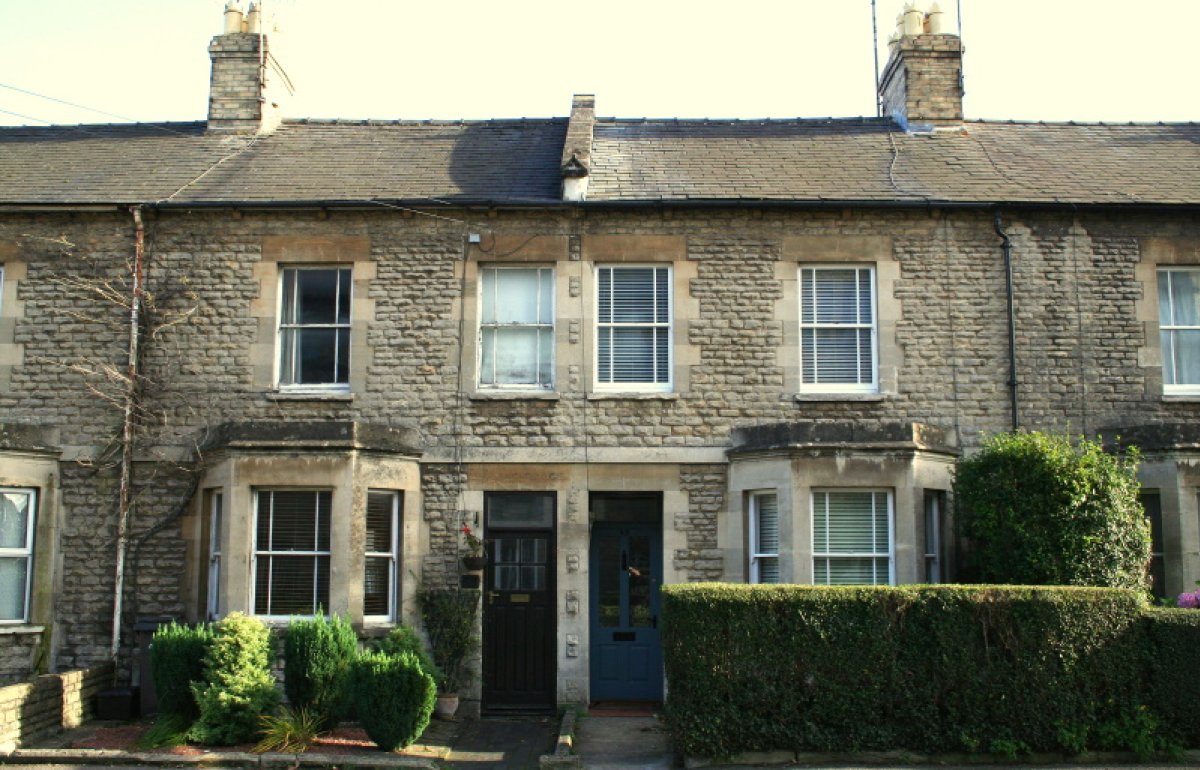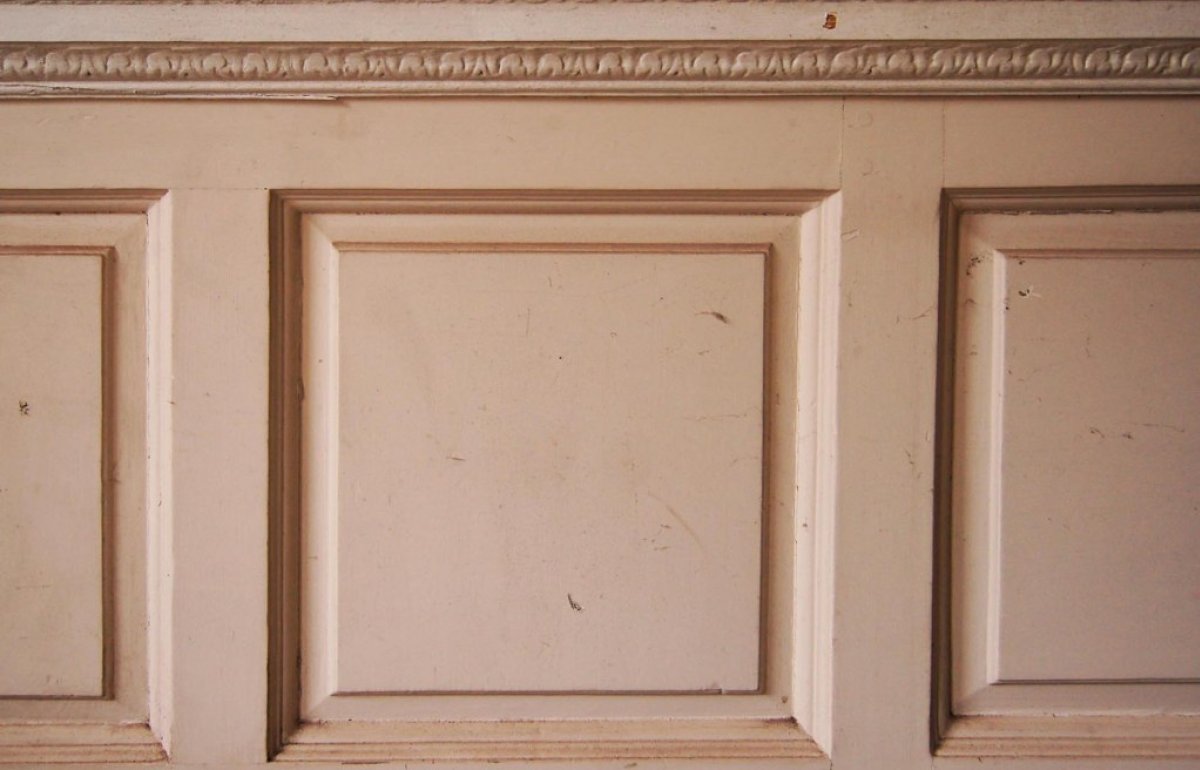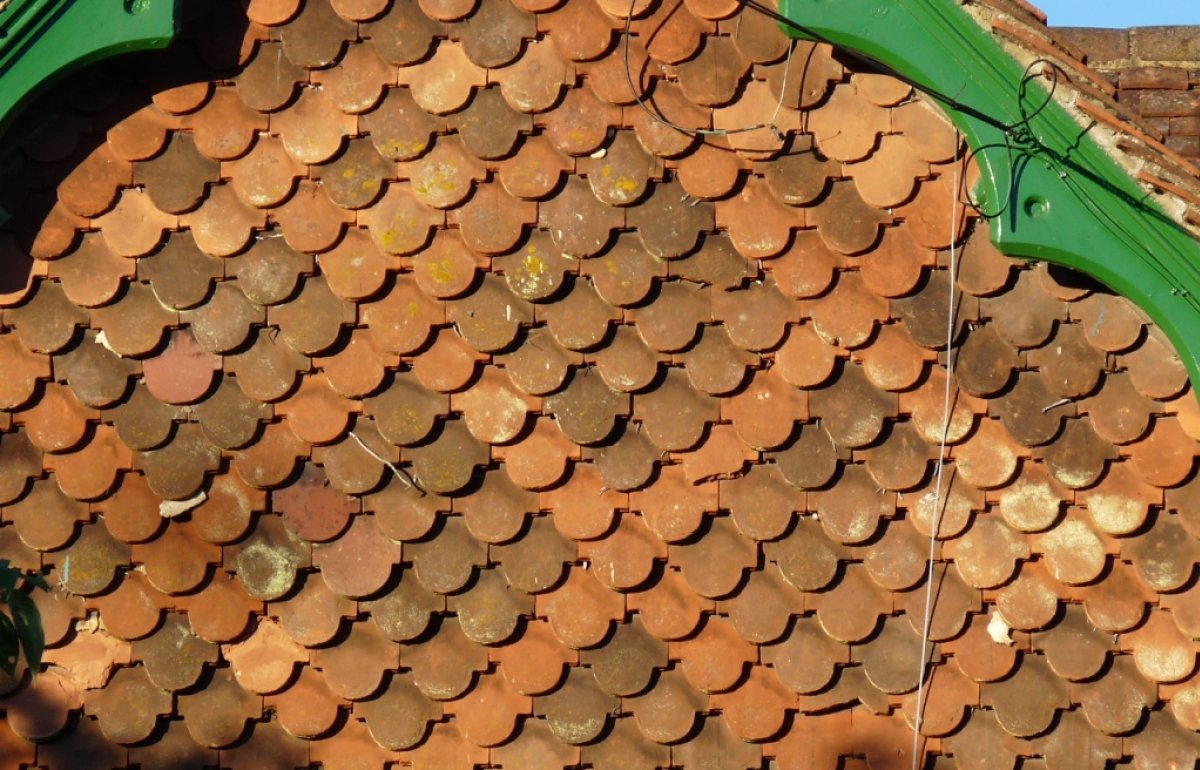Soft distemper
Limestone is the raw material not just for lime but for other products that benefit old buildings. In the form of whiting, one of its uses is as an important constituent of soft distemper paint. This article looks at the characteristics of this once common finish.
What is soft distemper?
Soft distemper is a water-based paint that primarily comprises a white base pigment (generally water-soaked whiting, ie pulverised chalk) bound with glue size (glue made from animal parts). This basic mix can be tinted with alkali-resistant ('lime-fast') pigments to give a wide range of colours, including blues, greens and various earth tones. Soft distemper has a velvety, matt finish and is used almost exclusively internally due to its water solubility.
Soft distemper is not to be confused with oil-bound or ‘washable’ distemper, an oil-based water paint that was the forerunner to modern emulsion.
Where might soft distemper be applied?
Soft distemper was a common internal finish before the advent of emulsion following the Second World War. Although limewash was still used indoors, especially at the vernacular level, soft distemper seemingly increased in popularity during the Industrial Revolution. Even where a more expensive oil paint scheme was to be executed, new lime plaster surfaces would be temporarily distempered and left one or two years until they had cured. Soft distemper can also be found on lining paper, timber, brick, stone and modern emulsion. It is not dusty if applied correctly but is unsuitable for highly trafficked or damp areas (cellars, bathrooms etc).
What are the pros and cons of soft distemper?
The texture and richness of colour of soft distemper are key attributes. It is inexpensive and easily made. Painters admire its ability to flow from the brush ‘like soft butter’, it is quick-drying and requires only one or two coats. Soft distemper allows the fabric to ‘breathe’ and does not react (‘saponify’) on new lime plaster. Before re-distempering, old distemper can be washed off, thereby preventing fine ceiling details clogging up as occurs with layers of emulsion.
Drawbacks are that painters must work fast to maintain a ‘wet edge’, soft distemper will not withstand heavy wear, the finish is less wipeable than most and unused paint soon turns rancid!
How do I identify soft distemper?
Besides its visual characteristics and velvety feel, soft distemper can be identified by its solubility in water. It rubs off easily on a moist fingertip, bringing the colour with it. While limewash can also be removed with a sponge and water, it requires additional scrubbing and greater effort.
How do I obtain soft distemper?
The oldest method is to make soft distemper on site. Typically, hot size is added to water-soaked whiting and used when cool. Any pigment is added before the size (including a little indigo and ivory black to prevent yellowing with time in white distemper). Paint cracks on a test card when bent if it contains too much size (‘overbound’) or rubs off where not enough (‘underbound’). When colour matching, the old paint should be wetted or the new sample left to dry because soft distemper lightens as moisture evaporates.
Ready-made soft distemper is now available in tins. Where the exact contents are unclear or additives not specified, however, it is strongly advisible to seek details from the supplier.
How do I apply soft distemper?
Existing soft distemper is removed by washing down thoroughly with warm water. Priming is then generally advisable, particularly on absorbent (‘hot’) surfaces where the paint would otherwise virtually dry on the brush. Clearcole (diluted size) is the normal primer, although a thinned oil-based undercoat can be preferable where oil paint is ultimately intended if soft distemper is being used temporarily to avoid saponification.
Finally, one or two coats of soft distemper are applied, working expeditiously in narrow bands to keep the edges ‘alive’. Distempering is undertaken with a large, flat purpose-made brush, and during work heating and ventilation are minimised to prevent too rapid drying.
Bristow, I C (1996) Interior House-Painting Colours and Technology 1615-1840, New Haven and London: Yale University Press
English Heritage (2011) Mortars, Plasters and Renders, Practical Building Conservation, Farnham: Ashgate Publishing Ltd
Schofield, J (2017) Basic Limewash, SPAB Information Sheet, 2nd edition, London: SPAB




